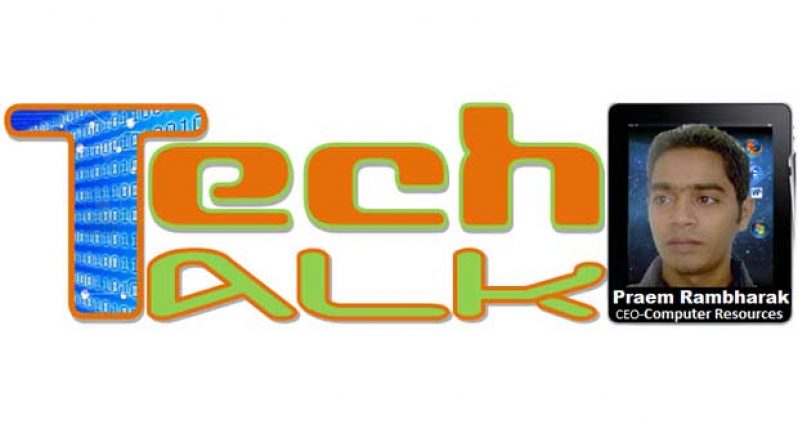Yes, the Start menu is back. Yes, there are virtual desktops. No, the Charms bar hasn’t gone away. And no, we don’t know when Windows 10 will ship or what it will cost. But we’ve seen the technical preview of Windows 10 and the word to bear in mind for this release is productivity.As expected, the Start menu is the default if you use Windows 10 with a keyboard and mouse, though you can keep the full-screen Start screen if you prefer it. Even on the Start menu, you can pin Live Tiles in multiple sizes on the right, but on the left you also get the familiar list of pinned and recent applications, complete with jump lists for files, the search box that you can also use to run commands and a power button for shutting down or restarting your PC.
The search box has all the Windows 8 features, including results from Bing and the Windows store, and a separate Search menu next to the Start button gives you trending topics directly from Bing, too.
It’s a humbling and amazing thing to work on Windows, which is used by over 1.5 billion people in every country of the world. From kids playing with computers for the first time, to writers and journalists, to engineers, to gamers, to CEOs, at some point Windows has empowered all of us.
In the Windows team, Microsoft is proud of this – but they also know that the world today is very different from the one in which Windows grew up. Today, devices outnumber people. Connectivity is like oxygen. The tension between the desires for agility versus stability poses a huge challenge for IT Pros. Experiences – no matter what device you’re on – just need to work. The only thing that hasn’t really changed is the situation for developers – still too much to do, and not enough time.
One way to look at it is that Windows is at a threshold. It’s time for a new Windows. This new Windows must be built from the ground-up for a mobile-first, cloud-first world. This new Windows must help our customers be productive in both their digital work and their digital life. This new Windows must empower people and organizations to do great things. That new Windows is Windows 10!
Windows 10 represents the first step of a whole new generation of Windows. Windows 10 unlocks new experiences for customers to work, play and connect. Windows 10 embodies what our customers (both consumers and enterprises) demand and what we will deliver.
Windows 10 will run across an incredibly broad set of devices – from the Internet of Things, to servers in enterprise datacenters worldwide. Some of these devices have 4 inch screens – some have 80 inch screens – and some don’t have screens at all. Some of these devices you hold in your hand, others are ten feet away. Some of these devices you primarily use touch/pen, others mouse/keyboard, others controller/gesture – and some devices can switch between input types.
I not talking about one user interface (UI) to rule them all – we’re talking about one product family, with a tailored experience for each device.
And across this breadth of devices, it’s delivering one application platform for all developers. Whether you’re building a game or a line of business application, there will be one way to write a universal app that targets the entire family. There will be one store, one way for applications to be discovered, purchased and updated across all of these devices.
Windows 10 will deliver the right experience on the right device at the right time. It will be our most comprehensive platform ever.
Now, during the design of a new Windows, Microsoft spends time with many diverse customers. One of the most important of these customers is the enterprise. In the past year they have talked to dozens of enterprise customers and listened to how they are using and deploying Windows, and what they need from us.
These customers are betting their businesses on Windows – in the first half of this year, shipments of enterprise PCs grew 14%. In that same time period, shipments of Windows enterprise tablets grew 33%.
With Windows 10, Microsoft will be consolidating its various app stores, officials confirmed during a preview event on September 30 in San Francisco.
Sometime in the coming months (I’m betting late October at TechEd Barcelona), Microsoft will go public with what it’s doing on the Windows Server and systems management front with Windows 10. And at the next Build conference in April 2015, Microsoft will talk more about the developer story around Windows 10, I reckoned.
There were a couple of new features that Microsoft execs demonstrated, including a new Snap Assist feature that is aimed at helping users figure out how to “snap” apps side-by-side. Users will be able to snap apps horizontally and vertically with Windows 10. A new task view will help users navigate between Virtual Desktops.
Another new feature, which is not yet part of the Windows 10 preview build, is called “Continuum.” Continuum will allow users with two-in-one devices that can connect and disconnect keyboards to more easily transition between the different modes. When a keyboard is disconnected, a back button will appear on the task bar to help users to more easily navigate.
Windows 7 users are among those Microsoft knows are key in winning over to Windows 10. What are your judgments?



.jpg)









